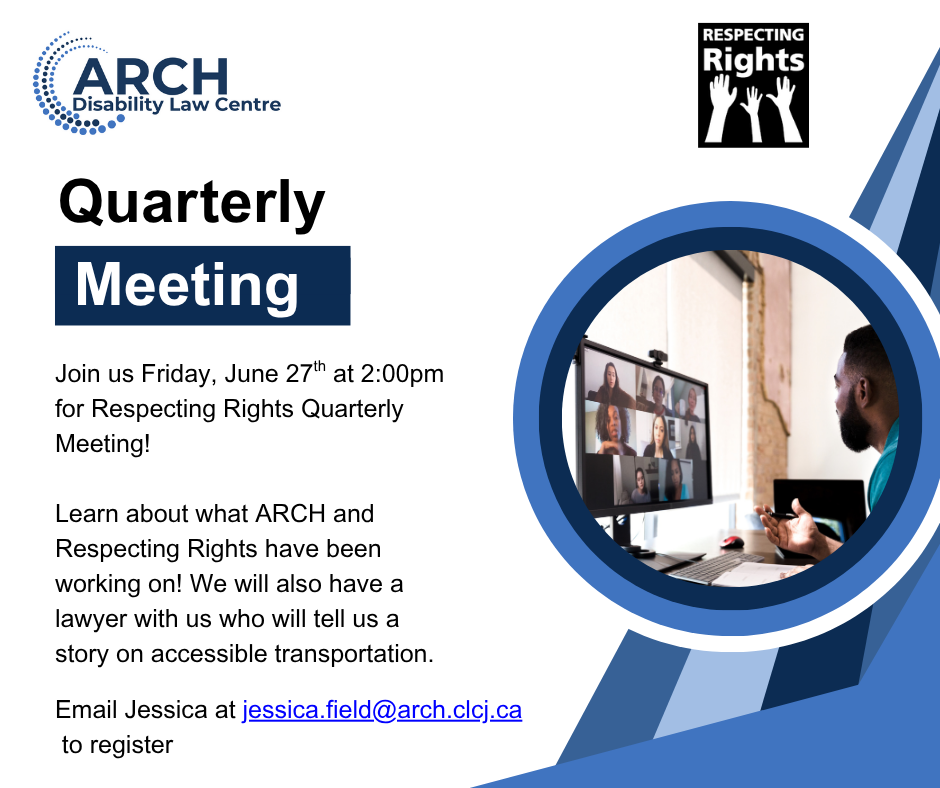As of June 20, 2025, individuals will be able to apply for the Canada Disability Benefit online, by phone, or in person at a Service Canada Centre. Persons with disabilities between the ages of 18 to 64 can apply for the benefit if they have qualified for the disability tax credit and meet the benefit’s other eligibility requirements.
Individuals who are potentially eligible for the benefit (those who qualify for the disability tax credit and meet most of the eligibility criteria) will receive a letter in the mail in June. This will include a unique application code to access a streamlined online application or streamlined phone application through an automated Interactive Voice Response.
Those who don’t receive a letter and think they may be eligible can apply for the benefit through the standard online application or a paper application available in a printable form (for submission via mail or at a Service Canada Centre).
In addition, clients will have the ability to receive program and application support with an officer across all Service Canada channels (phone, online and in-person).
The first month of eligibility for the benefit is June 2025. First payments will begin in July 2025 for applications received and approved by June 30, 2025. The newly launched benefit estimator tool can be used to find out how much an individual may receive each month.
If an individual qualifies for payments, payments will start the month after their application is received and approved. If the application is approved in July 2025 or later and an applicant was eligible for payments in earlier months, they will get back payments. There will be no payments for months before June 2025.
The Canada Disability Benefit program is administered by Service Canada. To find out more on how to apply, contact details and other information related to the benefit, visit the Canada Disability Benefit website.
Thank you,
Office for Disability Issues
Employment and Social Development Canada







